The Samsung Galaxy S21 boasts a cool new design and some welcome upgrades, but there are tons of trade-offs for the $200 cheaper price. From the lack of a charger and microSD card slot to the low-resolution display, there's a lot to give up.
And now we can add one more caveat to this list.
Samsung's Cash app does not support payments via magnetic stripe technology (MST) on the Galaxy S21 in the US, according to the Galaxy S21 spec sheet. While this may not seem like a big deal, this is actually a feature unique to Samsung Pay that users have missed.
A statement from Samsung to Android Police confirms this, stating that the decision was made in light of "the rapid adoption of near field communication (NFC) technology by consumers and businesses."
Samsung also stated that it has no plans to support MST in future phones, although it will continue to support existing compatible models.
This is the latest feature found to have disappeared during the transition from the Galaxy S20 to the Galaxy S21; the S21 sells for $799, $200 less than last year's Galaxy S20, but the S21 and S21 Plus move to a lower FHD-resolution display, RAM has also been reduced from 12GB to 8GB.
In addition, none of the three S21 models have a microSD card slot for additional storage, and no charger is included. However, the top-of-the-line Galaxy S21 Ultra retains QHD resolution and the option of 12GB or 16GB RAM.
While NFC and contactless payments are becoming increasingly common around the world, there are still many small businesses in the US that only accept older credit and debit cards with magnetic stripes. This was something that Samsung Pay could support, despite being a contactless service.
The MST allowed Samsung Pay devices to generate a false magnetic stripe signal that would register with the card machine. This allows older card readers to be used in the same way as new NFC readers, a convenient form of backward compatibility that means one does not have to carry both the Samsung Pay device and the payment card.
Samsung Pay is estimated to have approximately 51 million users in 2018. This is nothing compared to Apple Pay (441 million in 2018). And since then, Google Pay has gone through a major upgrade and become a more genuine competitor to Samsung Pay. But while Samsung's app may not have the largest user base, starting to phase out such a unique feature could pose problems for those still relying on older technology to sell products and services.

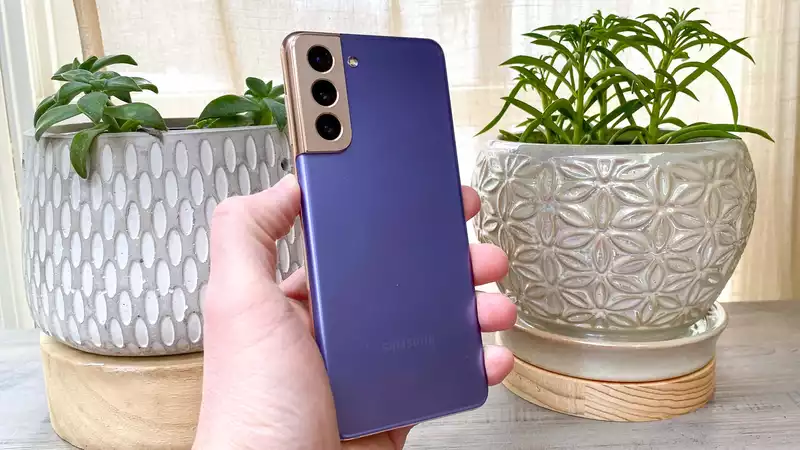
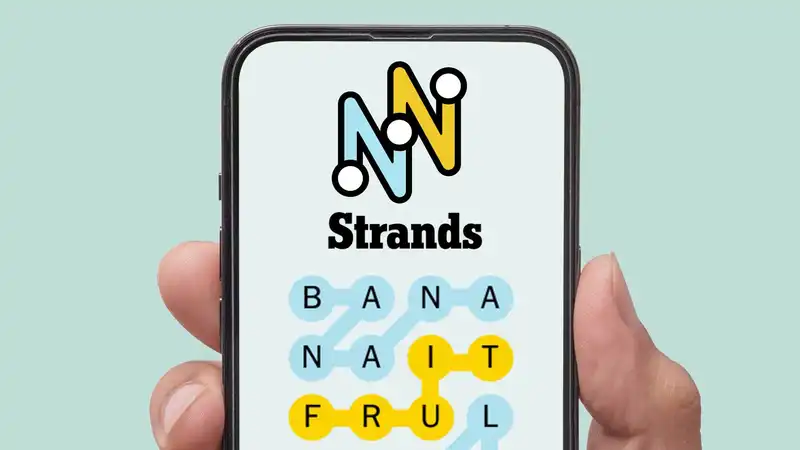

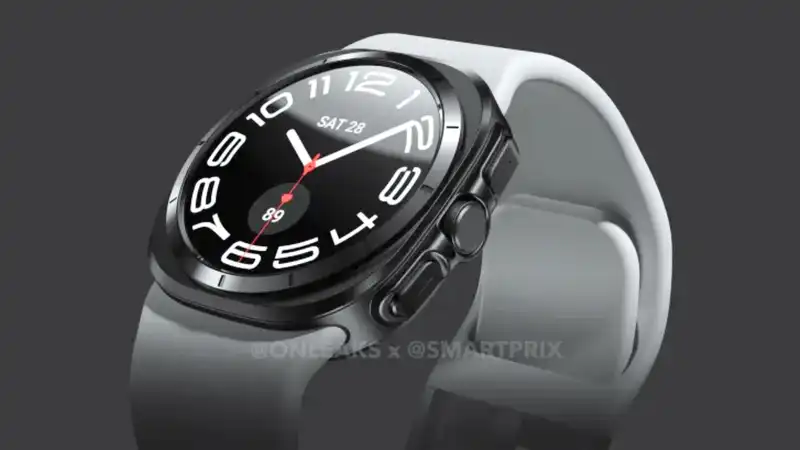
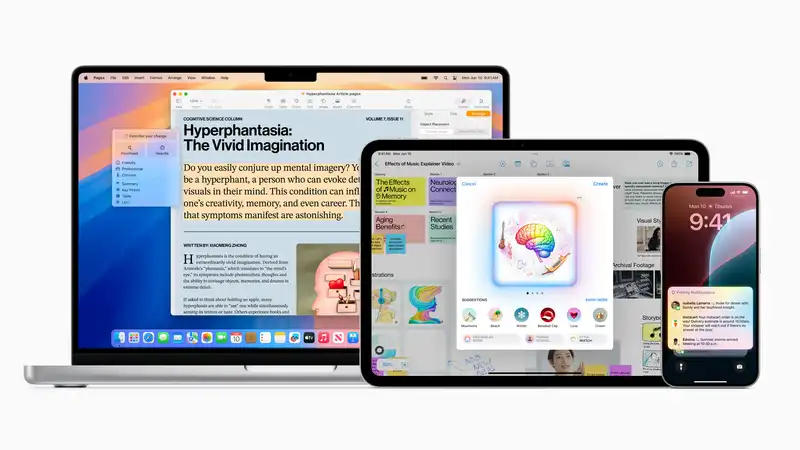

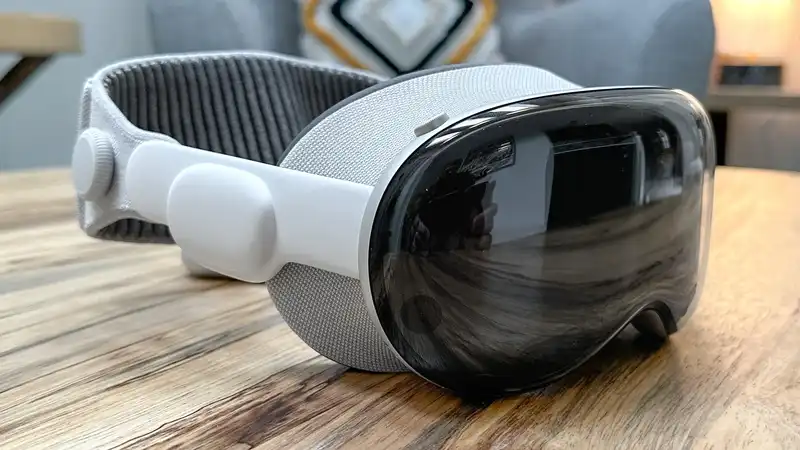
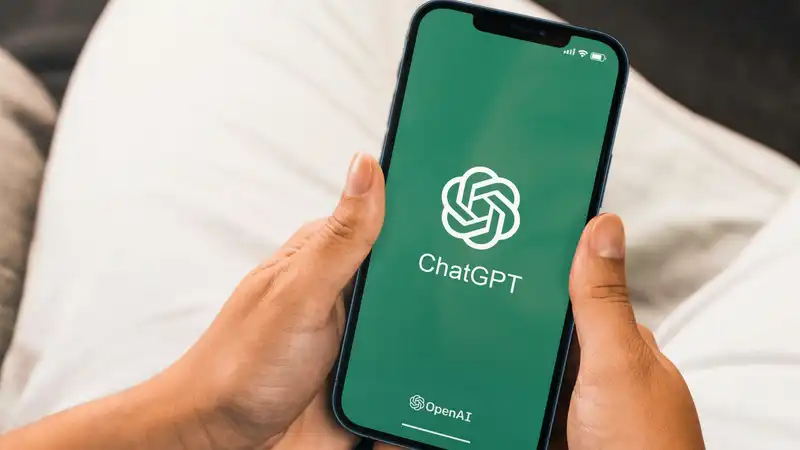
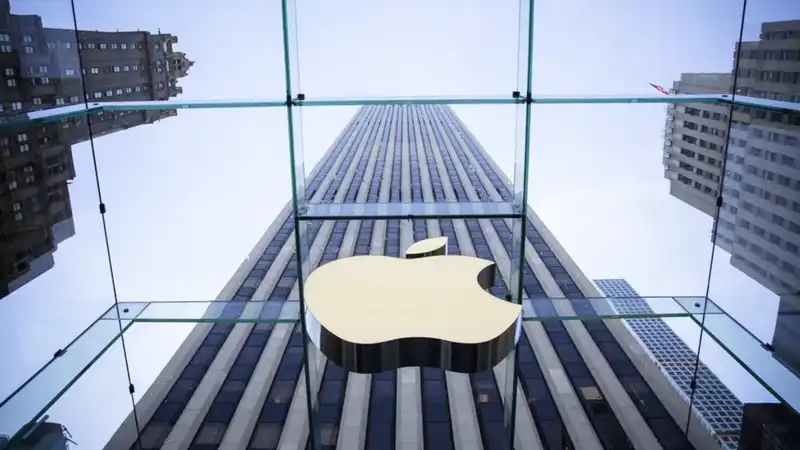
Comments